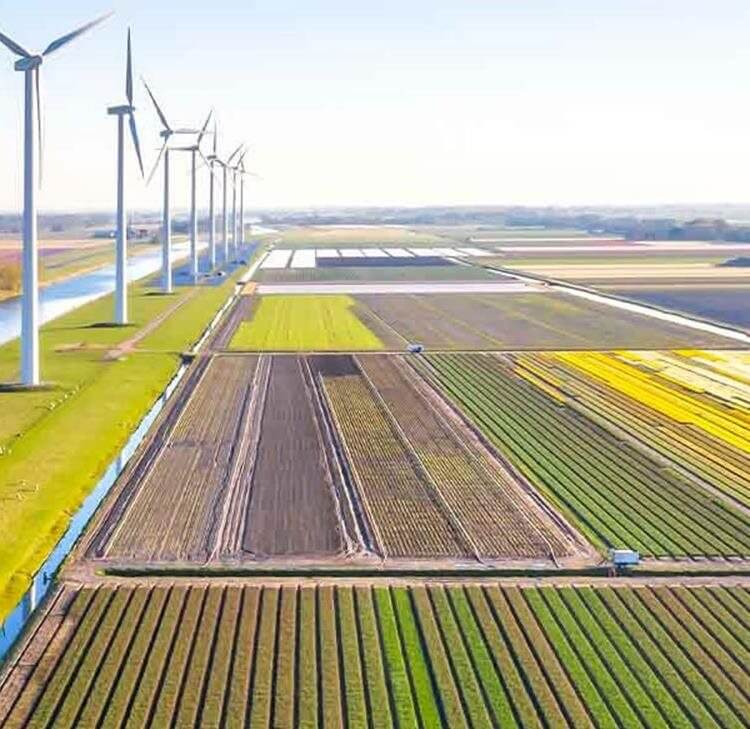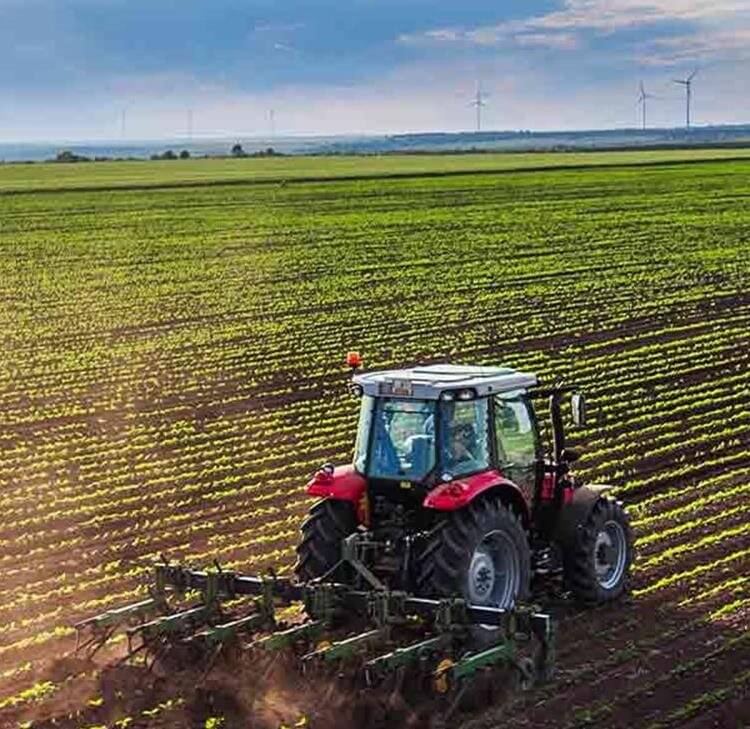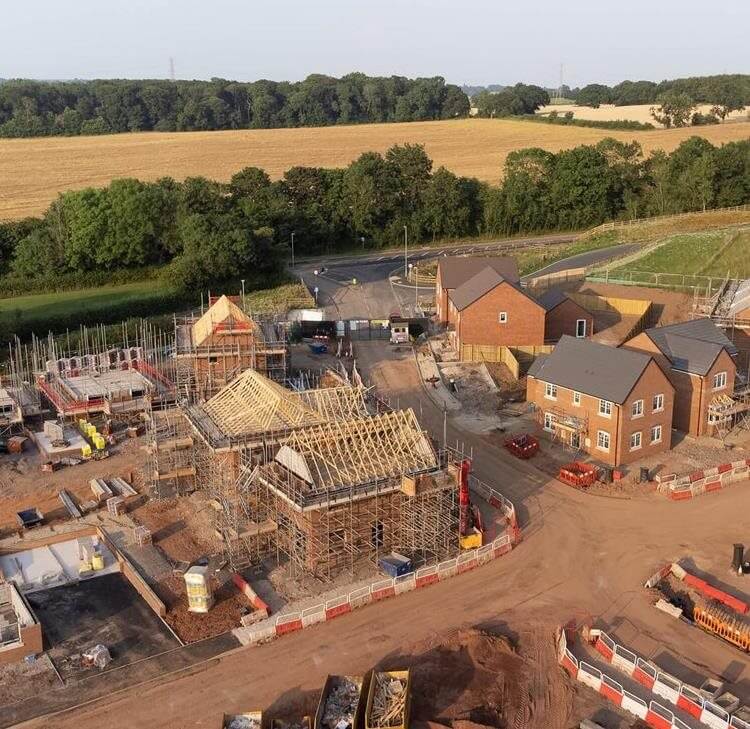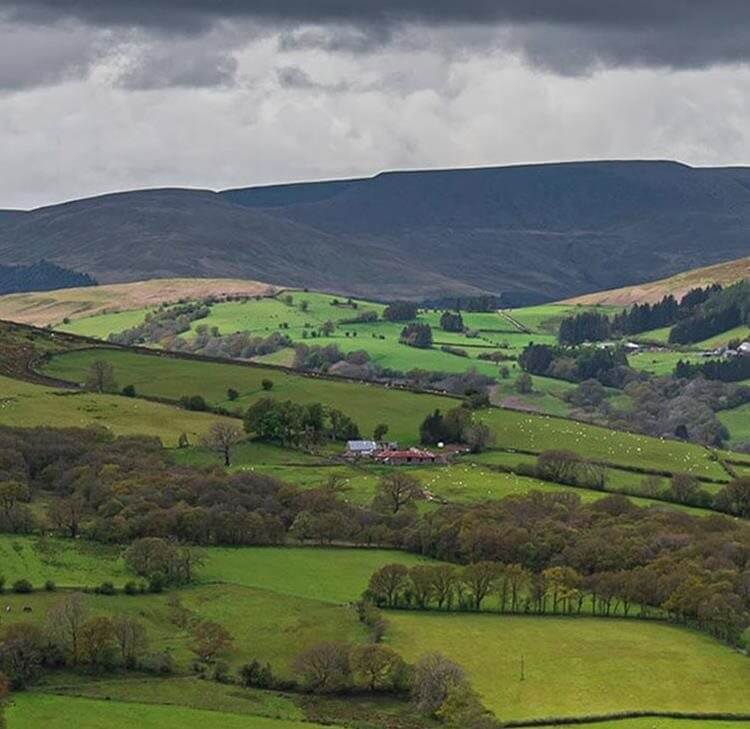The government have developed a 25-year plan to improve the environment within the UK and the mechanism to assist in doing so – conservation cCovenants - has been introduced by the Environment Act 2021 (EA 2021).
Under Part 6 of the EA 2021 mandatory biodiversity net gain (BNG) is being introduced. This means that, once the regime comes into force (anticipated to be in later 2023), there will be a general requirement to provide a 10% increase in biodiversity for 30 years associated with most planning applications.
By now some of you may be familiar with the terms biodiversity net gain (BNG) and conservation covenants however, in practice, you may not yet know what this means for you.
For now, our focus will be on conservation covenants which come into force as of 30 September 2022, because these are a key means by which landowners can commit to enduring biodiversity enhancement of their land which is an essential element of the new biodiversity net gain (BNG) regime.
What is a conservation covenant?
“A conservation covenant is a private voluntary agreement between a landowner and a “responsible body” (such as a conservation organisation or public body) to do, or not to do, something on their land for a conservation purpose for the public good.”
Conservation covenants, Practical Law UK Practice Note w-021-6682
A conservation covenant will be a voluntary private agreement that is created for public good, governed by statute and shall be legally binding. It’s purpose is to conserve the natural or historical environment of the land. Conservation covenants can vary in their approach; they could be a positive obligation for the landowner to do something (such as manage the land to secure a conservation outcome) or a restrictive obligation for the landowner to not do something (such as carry out drainage or plant coniferous trees).
The use of the covenants will act as a tool to both deliver lasting conservation outcomes and achieve off-site biodiversity net gain (BNG) in those circumstances where it is either not possible or otherwise elected not to deliver the biodiversity enhancement on the site where planning permission is granted.
The responsible body has the duty to register said covenants on the Local Land Charges Register and enforce the ongoing observation of the covenant.
What does this mean for landowners/developers?
Deliver BNG
Historically it has proved legally difficult to enforce positive covenants against successors in title. This is addressed by the introduction of statutory conservation covenants; these covenants are statutorily binding on successors in title.
When the mandatory biodiversity net gain (BNG) regime comes into force, those promoting development will need to secure land which can host biodiversity enhancement. In many instances, they do this now anyway as a result of planning policy. The conservation covenant is a key mechanism for guaranteeing the enduring obligation to protect that land and to ensure that the appropriate land management be undertaken. It may be possible to utilise planning conditions (for onsite biodiversity enhancement only) or section 106 agreements, but the option to utilise a conservation covenant places the landowner/developer in the driving seat as to the precise terms of the arrangement (subject to compliance with the statutory requirements).
Long term commitment
Currently it is proposed that mandatory biodiversity net gain (BNG) will require such enhancement for 30 years and clearly this is a generational period. Landowners and developers need to recognise this when choosing relevant land to be entered into a conservation covenant. It is to be noted that unless a covenant specifies a precise period, the Act presumes that the covenant shall endure in perpetuity (for an indefinite period in freehold land, or for the term of years absolute of the covenantor in leasehold land) and most landowners will probably want to provide for a long stop on their covenants.
Necessary strategic approach
These obligations indicate that it is essential that landowners and developers take a strategic approach to the identification of land that will be subject to biodiversity enhancement. There may well be land which is technically difficult to utilise for other purposes and hence is eminently suitable for biodiversity enhancement.
Care to ensure you aren’t left holding the baby!
Landowners will want to ensure that the arrangements for the ongoing biodiversity enhancement are clear and allocated to the appropriate party. As this is likely to be for a minimum of a 30-year period, landowners will want to have certainty that those charged with land management responsibilities have the necessary resources and capability to deliver into the future. At the outset of a development, substantial value is usually generated and, in our view, a proportion of this value needs to be directed into the long-term management of the covenanted land.
A conservation covenant shall be registered on the Local Land Charges Register and this will need to be considered prior to purchase of land. Future landowners and developers will be bound by the obligations included within the conservation covenants and they will run for a significant number of years. Prospective landowners will need to ensure they are able to meet the obligations of the conservation covenants and ensure these are complied with.
Complying with the relevant obligations, whether restrictive or positive, is likely to come at a cost for development and future management of the site and therefore, careful consideration should be made prior to purchase of the land. Compliance with the conservation covenants is critical to ensure they are achieve the intended objective.
In our view, land subject to conservation covenants ought to be insured so if the protected features are harmed by some insured event (e.g. wild fire or flood), then the policy holder should be able to utilise the insurance to reinstate those features.
What does this mean for responsible bodies?
A responsible body shall act as a monitoring body for compliance with conservation covenants. Any party wishing to attain responsible body status will need to apply to the Secretary of State. It is anticipated that public bodies and conservation organisations will apply for such status. It is possible for any party to seek such status and the Secretary of State has yet to develop any policy or criteria upon which applications will be determined.
Expectations of the responsible body
Those proposing to seek designation as responsible bodies should not enter into conservation covenants lightly. These are long term arrangements and place an enduring obligation on the responsible body to monitor and enforce them.
There is an obligation for responsible bodies to submit annual returns to the government confirming the number of covenants the responsible body holds as well as the extent of the land covered by those covenants to ensure public oversight (Section 136 EA 2021).
Responsible bodies will be expected to monitor and enforce the conservation covenants in high importance sites. Whilst there is not currently a statutory right of entry, where it is considered important to monitor and enforce a specific conservation covenant, this right of entry can be stipulated in the covenant itself (which would be prudent to ensure the compliance with obligations).
It is clear therefore that a responsible body will have to adopt a range of systems and procedures seeking to manage their various roles and responsibilities when they take on the role of responsible body. All of which will come as an additional cost, and it is likely a team would need to be set up to deal solely with conservation covenants to ensure the monitoring needs are met.
Our advice for responsible bodies
A proposal for responsible bodies to manage the requirements of conservation covenants in advance of the introduction on 30 September 2022, is that responsible bodies begin to draw up a template approved conservation covenant. Not only will this ensure the responsible body is prepared in advance of the commencement date, but it will also ensure consistency across the body to effectively introduce conservation covenants across different sites.
Conservation covenants summary
- Conservation covenants come into force on 30 September 2022 with the intention to protect the natural or historical environment. It is expected that they will form a key mechanism for biodiversity net gain (BNG).
- Landowners will be responsible to comply with the conservation covenants to ensure that the obligations are met and therefore careful consideration must be taken to prescribe those obligations and put arrangements in place to ensure that they are discharged for the period of the covenant.
- Responsible bodies must be approved by the Secretary of State and in entering into conservation covenants, they have the obligation to monitor and enforce those covenants throughout the period of the covenant.
If this is something you would like further advice in relation to, our Planning, Environment and Public Law Team would be happy to assist with this.











































